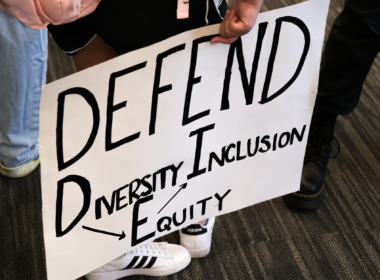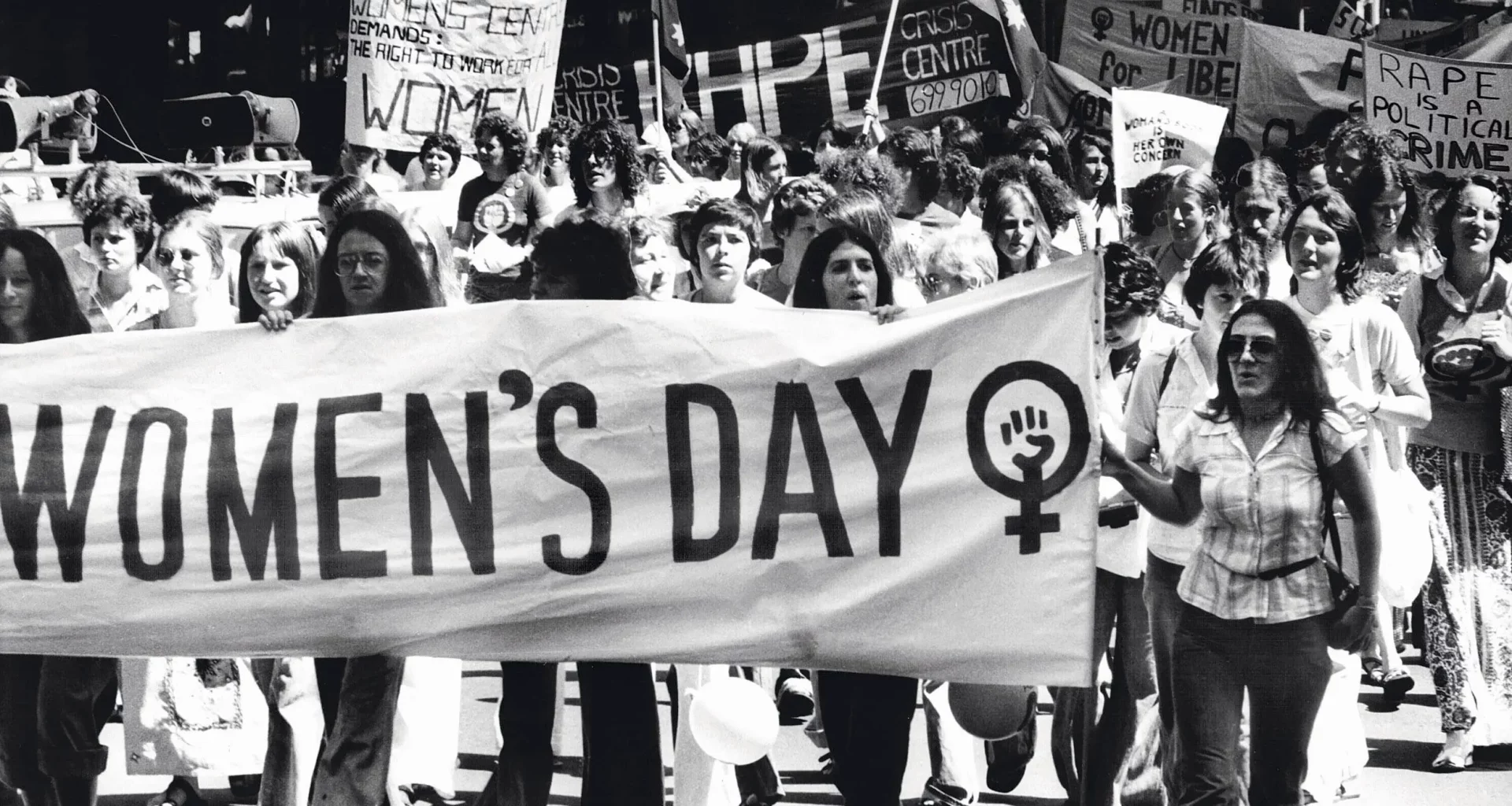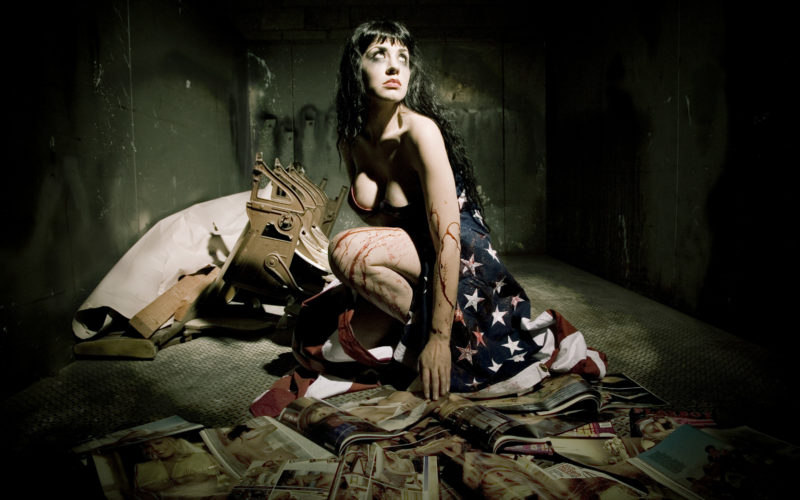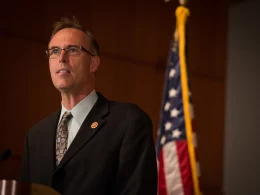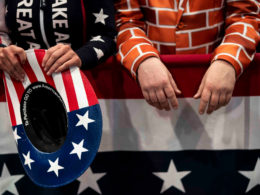An overview of the women’s political journey, and how we can continue to be involved
“We hold these truths to be self-evident, that all men are created equal.”
We all know by now that not only was this statement total crap when it was written in 1776, but that women were completely left out of the Declaration of Independence. At a time when at worst a woman was a slave, and at best the property of her husband, certain men of this nation created their own laws. Fortunately those men left enough loopholes that the people they left out have fought, marched, and protested their way into equality, too.
Many women may not realize the long road travelled for their rights. Women had to fight to get their own identities, property, and political rights separate from men. Not all women were ruled by their husbands in the past, though. Some had higher levels of independence out of necessity because they were not married. These women were also known as old maids, spinsters, widows, and witches. It wasn’t until after slavery was abolished in 1834 that laws concerning women began to change. Here is a brief timeline of some of the rights women gained after all men were declared equal. Many of these varied widely state-by-state, and slowly filtered throughout the nation. If you are a woman, imagine that some of the things you read here were still not allowed for you today:
- In 1787, Massachusetts opened the trade professions to unmarried women, allowing those old maids to be less of a burden on their poor fathers.
- In 1809, Connecticut allowed married women to execute their own wills.
- 1821 Maine was the first among several states to allow married women to own and manage property, but only if their spouse was incapacitated. For the most part, even if women owned property, it wasn’t popular to let them actually control it until 1848 and beyond, when New York’s Married Women’s Property Act granted women separate economy, followed by Pennsylvania and Rhode Island. (However, many states after this were still passing laws that said a married woman could only have control if her spouse was unable to.)
- Also in 1848 was the first women’s rights convention in Seneca Falls, New York.
- In 1857, Maine granted married women the right to control their own earnings.
- In 1869, Susan B. Anthony and Elizabeth Cady Stanton formed the National Woman Suffrage Association. Another group, called the American Woman Suffrage Association, was also created, and in 1890 the two groups merged.
- In 1896, The National Association of Colored Women was formed.
- From 1893 to 1918, 16 states began granting women the right to vote, starting with Colorado.
- The National Women’s Trade Union League was established in 1903 to improve wages and working conditions.
- In 1913, the Congressional Union, later known as the National Women’s Party, picketed and practiced other forms of civil disobedience trying to get a constitutional amendment passed allowing all women to vote.
- In 1916, Margaret Sanger opened the first birth control clinic. Ten days later it was shut down and she was arrested.
The 19th Amendment gave women across the nation the right to vote in 1920.
After the arduous journey it took to get where we are today, it’s surprising that women are not more involved in the political process. Perhaps this is because we don’t realize just how far we’ve come, or because we know that a lot of the politics we see involves lies, lobbyists, and manipulation. But we also know that the right people can make the right things happen.
Most Americans, both men and women, are probably not interested in subjecting themselves to the public scrutiny which politicians enjoy today. However, how many times have we seen a male candidate criticized for not spending enough time with his children? But a mother who runs for office is destined to have her parenting skills judged, because surely if she is working so hard, her kids are neglected. Female politicians are also much more likely to be critiqued on their hairstyle, clothes, and bodies (as well as the wives of male politicians). But being involved in the way our country functions is our right, even if we don’t seek the limelight and have to hide those thousand-dollar haircuts. The following ideas will work well for both men and women, yet with only 17 out of 100 senators today being female, and 76 women out of 438 representatives, there is clearly a large gap to be filled.
If you at least keep informed of the news (not just limiting yourself to one source), this is a good start. Also, education is extremely important: for those who seek a major political career, there are prescribed paths laid out, but the average citizen should also have the best education in something they are passionate in; if it can help them be more involved in government they can use this to their advantage. Voting on local, state, and national levels and attending political meetings or functions in your town is of course a basic step more people can take. And speaking out about issues that concern you is easier than ever before. You can sign petitions online at sites such as Change.org. E-mailing or calling your state representatives is supposed to influence the way congress members vote on bills, too. Running for a local office is of course a possibility, and maybe for some people that could lead to bigger things on the state or national level.
Being involved in government doesn’t mean you have to be a white male Ivy League graduate with a perfect background, rich parents, and major oil investments (although it does seem to help.) You just have to be you, stand up for what you believe in, and let people know it. This is the only way to ensure that the laws we want passed and the rights we need will continue to come our way.
